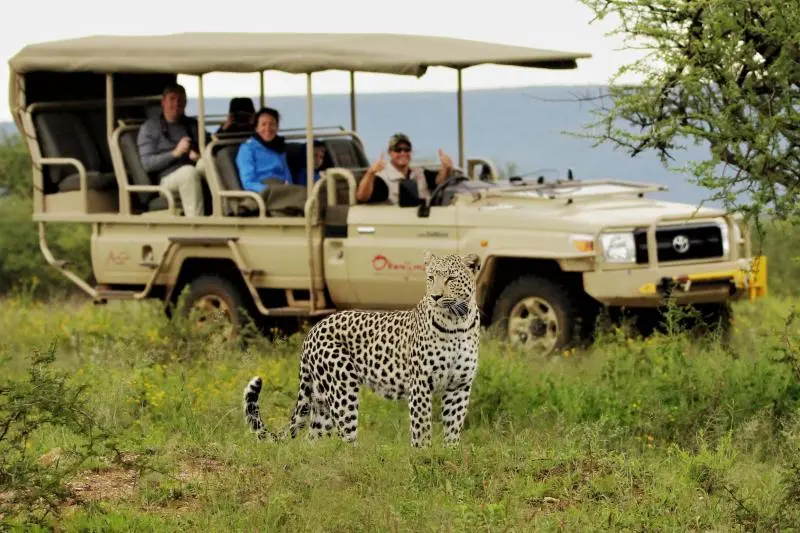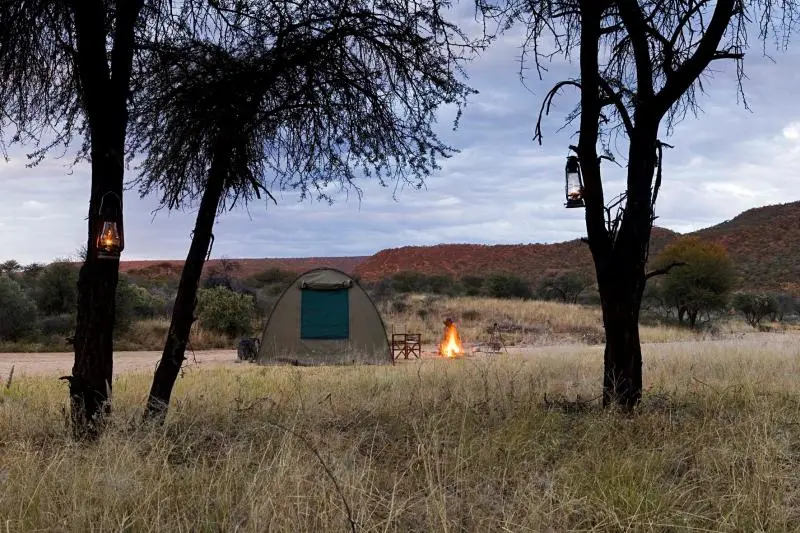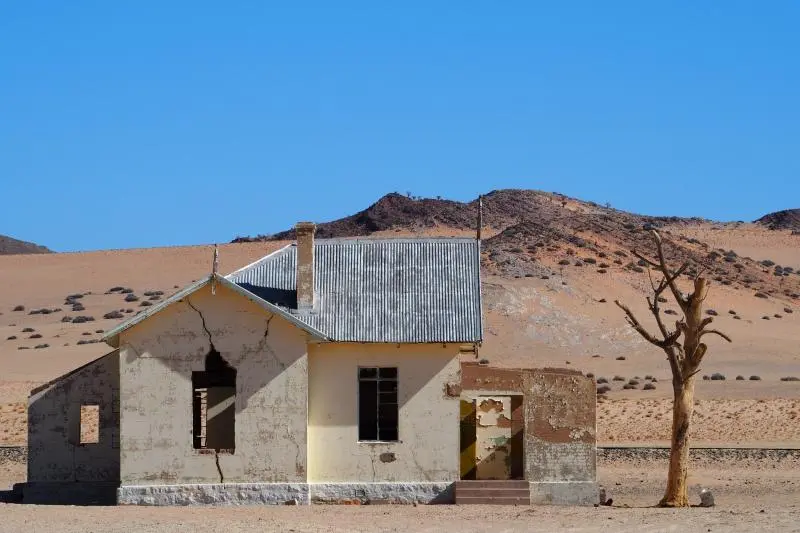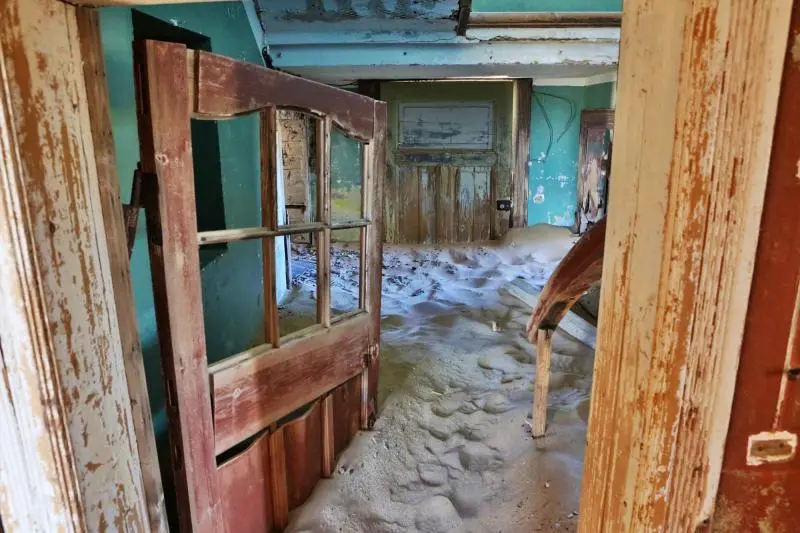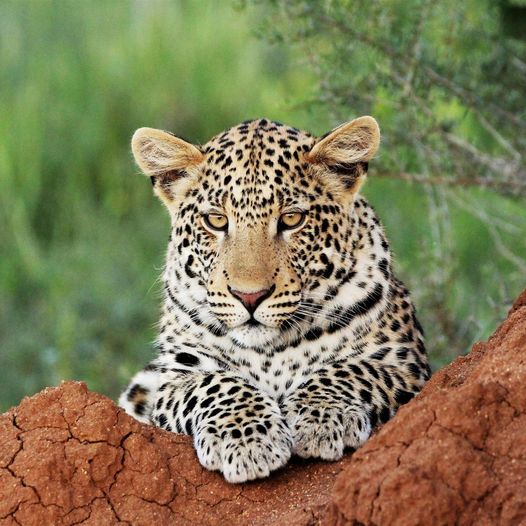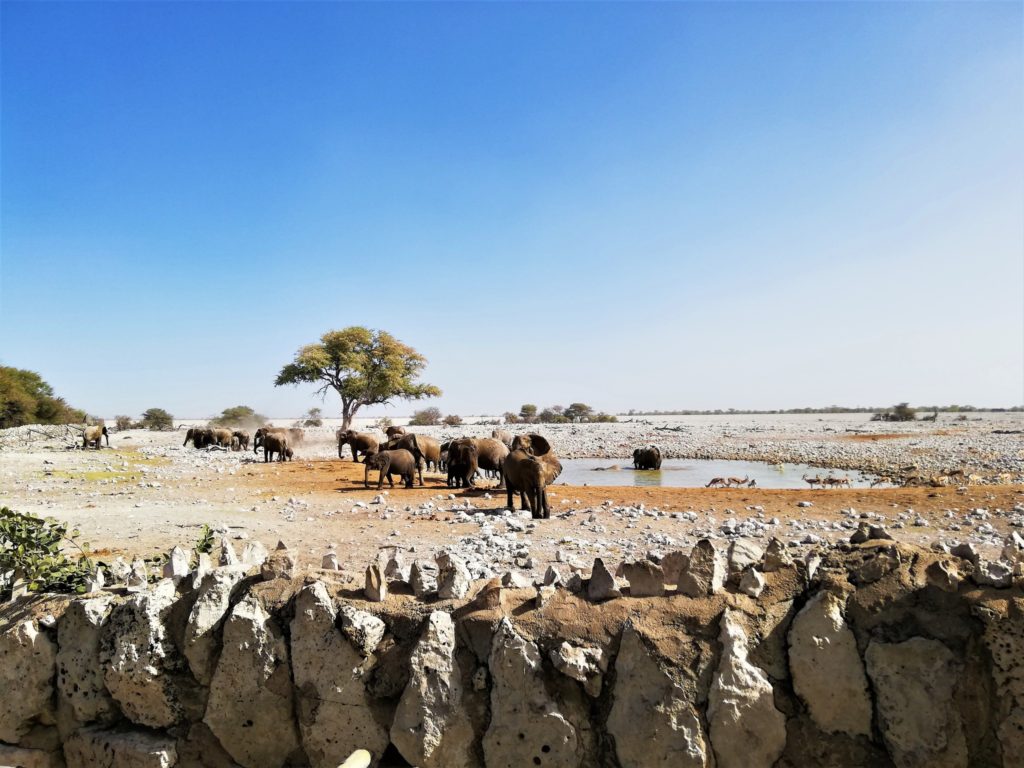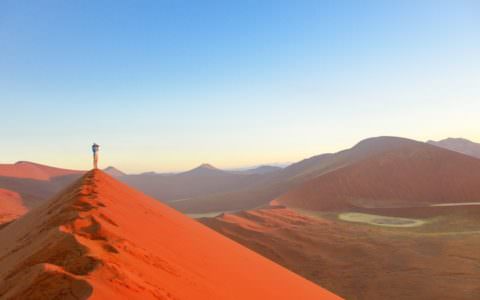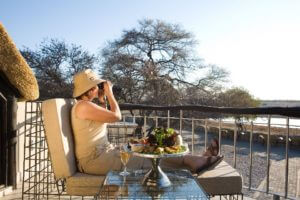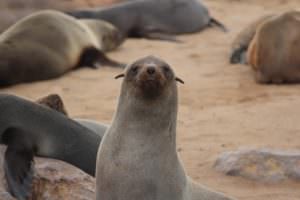| Tour start → end dates | Price | Enquire |
|---|---|---|
| 27 Apr 2024 → 08 May 2024 |
From R46600 |
Check Availability |
| 04 May 2024 → 15 May 2024 |
From R46600 |
Check Availability |
| 11 May 2024 → 22 May 2024 |
From R46600 |
Check Availability |
| 18 May 2024 → 29 May 2024 |
From R46600 |
Check Availability |
| 25 May 2024 → 05 Jun 2024 |
From R46600 |
Check Availability |
| 01 Jun 2024 → 12 Jun 2024 |
From R46600 |
Check Availability |
| 08 Jun 2024 → 19 Jun 2024 |
From R46600 |
Check Availability |
| 15 Jun 2024 → 26 Jun 2024 |
From R46600 |
Check Availability |
| 22 Jun 2024 → 03 Jul 2024 |
From R46600 |
Check Availability |
| 29 Jun 2024 → 10 Jul 2024 |
From R46600 |
Check Availability |
| 13 Jul 2024 → 24 Jul 2024 |
From R46600 |
Check Availability |
| 20 Jul 2024 → 31 Jul 2024 |
From R46600 |
Check Availability |
| 27 Jul 2024 → 07 Aug 2024 |
From R46600 |
Check Availability |
| 03 Aug 2024 → 14 Aug 2024 |
From R46600 |
Check Availability |
| 10 Aug 2024 → 21 Aug 2024 |
From R46600 |
Check Availability |
| 17 Aug 2024 → 28 Aug 2024 |
From R46600 |
Check Availability |
| 24 Aug 2024 → 04 Sep 2024 |
From R46600 |
Check Availability |
| 31 Aug 2024 → 11 Sep 2024 |
From R46600 |
Check Availability |
| 07 Sep 2024 → 18 Sep 2024 |
From R46600 |
Check Availability |
| 14 Sep 2024 → 25 Sep 2024 |
From R46600 |
Check Availability |
| 21 Sep 2024 → 02 Oct 2024 |
From R46600 |
Check Availability |
| 28 Sep 2024 → 09 Oct 2024 |
From R46600 |
Check Availability |
| 05 Oct 2024 → 16 Oct 2024 |
From R46600 |
Check Availability |
| 12 Oct 2024 → 23 Oct 2024 |
From R46600 |
Check Availability |
| 19 Oct 2024 → 30 Oct 2024 |
From R46600 |
Check Availability |
| 26 Oct 2024 → 06 Nov 2024 |
From R46600 |
Check Availability |
| 02 Nov 2024 → 13 Nov 2024 |
From R46600 |
Check Availability |
| 09 Nov 2024 → 20 Nov 2024 |
From R46600 |
Check Availability |
| 16 Nov 2024 → 27 Nov 2024 |
From R46600 |
Check Availability |
| 23 Nov 2024 → 04 Dec 2024 |
From R46600 |
Check Availability |
| 30 Nov 2024 → 11 Dec 2024 |
From R46600 |
Check Availability |
| 07 Dec 2024 → 18 Dec 2024 |
From R46600 |
Check Availability |
| 14 Dec 2024 → 25 Dec 2024 |
From R46600 |
Check Availability |
| 21 Dec 2024 → 01 Jan 2025 |
From R46600 |
Check Availability |
| 28 Dec 2024 → 08 Jan 2025 |
From R46600 |
Check Availability |
| 04 Jan 2025 → 15 Jan 2025 |
From R46600 |
Check Availability |
| 11 Jan 2025 → 22 Jan 2025 |
From R46600 |
Check Availability |
| 18 Jan 2025 → 29 Jan 2025 |
From R46600 |
Check Availability |
| 25 Jan 2025 → 05 Feb 2025 |
From R46600 |
Check Availability |
| 01 Feb 2025 → 12 Feb 2025 |
From R46600 |
Check Availability |
| 08 Feb 2025 → 19 Feb 2025 |
From R46600 |
Check Availability |
| 15 Feb 2025 → 26 Feb 2025 |
From R46600 |
Check Availability |
| 22 Feb 2025 → 05 Mar 2025 |
From R46600 |
Check Availability |
| 01 Mar 2025 → 12 Mar 2025 |
From R46600 |
Check Availability |
| 08 Mar 2025 → 19 Mar 2025 |
From R46600 |
Check Availability |
| 15 Mar 2025 → 26 Mar 2025 |
From R46600 |
Check Availability |
| 22 Mar 2025 → 02 Apr 2025 |
From R46600 |
Check Availability |
| 29 Mar 2025 → 09 Apr 2025 |
From R46600 |
Check Availability |
12 Day Northern and Southern Namibia Highlights
Tour Details
| Tour Style | Camping Small Group |
|---|---|
| Length | 12 days |
| Countries Visited | Namibia |
| Starts | Windhoek |
| Ends | Windhoek |
| Group Size | Max 10 |
| Age Range | Min 5 years and older |
| Tour SKU | CAS0208 |
What You'll Experience
- Mount Etjo Game Reserve
- Etosha National Park
- The Skeleton Coast
- Sesriem and Sossusvlei - the world’s tallest dunes in the world’s oldest desert (Dune 45 and Deadvlei)
- Cape Fur Seals
- Swakopmund
- Walvis Bay
- Solitaire
- Dune 45
- Windhoek
- Fish River Canyon
- Kolmanskop Ghost Town
- Lüderitz
Why You'll Love this Tour
This 12 day Namibian overland trip is very popular, it combines Etosha and Sossusvlei (Dead Vlei, Dune 45) in a single itinerary and also visits Okonjima, the Himba, Kolmanskop Ghost Town, Luderitz, Damaraland, and Swakopmund.
Tour Price
FROM
R46,600
Price Disclaimer: Tour is Priced at ZAR 46600 (Valid from 1 Apr 24 - 31 Mar 25). Currency fluctuations may occur
You might also be interested in:
Dates Tour Length: 12 days
Included
- Transport: Custom-built safari vehicle with pop up roof (no air-conditioning)
- Services of a professional English-speaking guide & camp assistant
- 10 nights camping 1 nights’ accommodation in twin share rooms with en-suite bathrooms
- Camping equipment (excluding sleeping bag which can be hired)
- Meals as per itinerary
- Pick up and drop off within Windhoek city limits
- Tap water
- National Park entry fees
- Activities including:
- Game drive Mount Etjo Game Reserve
- Game drives in Safari vehicle in Etosha National Park
- Himba Village visit
- Visit to Cape Cross Seal Colony
- Guided excursion to Sossusvlei including 4x4 shuttle
- Guided tour at Kolmanskop
- Visit to Diaz Point
- Visit to Fish River Canyon viewpoint
- Visit to Quiver Tree Forest
Excluded
- Sleeping bag (can be hired at 45 ZAR / NAD / 4 USD per day)
- Pillow
- Travel insurance (Get Adventure Travel Insurance)
- Alcoholic beverages
- Soft drinks and bottled water
- International flights
- Visas
- Spending money
- Gratuities
Activities
Some of the activities you can take part in on this tour.
Included in the Tour Price:
- Professional guide (English)
- Camp assistant
- All transport whilst on tour
- Meals as specified
- 11 Breakfasts, 11 Lunches, 10 Dinners
- 10 nights camping
- 1 night's accommodation
- Camping equipment (does not include sleeping bag / pillow / stretcher)
- National Park entrance fees
- Campsite fees
Other Activities
Optional activities available on this tour at your own expense:
- Scenic drives, fishing trips (both from the beach or in a boat)
- Aeroplane and microlight flights over the desert
- Four-wheel motorcycle (quad bike) trips into the desert and over the sand dunes around Swakopmund
- Sand boarding trips (also in the dunes)
- Skydiving, surfing, or bird-watching
Itinerary
Day 1: Windhoek – Mount Etjo and Okonjati Nature Reserve, Namibia
At 07:15, you will be collected from your accommodation within Windhoek’s city limits for a short pre-departure meeting.
In Okahandja, Namibia’s largest wood carving market, we will make our first stop before heading north. All over Namibia, craftsmen display a variety of items, small and large. Namibian souvenirs can be collected here, and local artists and communities get to benefit at the same time.
Mount Etjo campsite, adjacent to Okonjati Game Reserve, will become our overnight destination. We will make camp and prepare lunch before driving the three kilometers to the lodge for a swim and a stroll through the grounds.
There are terracotta buildings and lawns surrounded by palm trees that give the lodge a Moroccan flair. After a good rain, many large and small pools and lakes are formed around the lodge and throughout Okonjati reserve. A small population of hippopotamus lives around the main lodge area’s lake. In this semi-desert region of Namibia, hippos do not naturally occur, so they are provided with an artificial habitat at the lodge. Although it may not allow us to see and photograph this iconic African species without having to travel many kilometres to Namibia’s far north, it may provide us with a chance to view and photograph this species.
After meeting our local guide and climbing into open game viewing vehicles, we embark on our three-hour excursion into the reserve. In addition to its large size, the reserve also has an abundance of magnificent scenery and wildlife. Vachellia (formally Acacia) trees dominate the terrain, which is also rich in thorn scrub and standing mopani trees. There are several massive copper-red and grey termite mounds scattered throughout the area. Because pachyderms and other shrub-browsing species have healthy appetites, Okonjati reserve is largely free of invasive vegetation. As a result, there are large expanses of semi-open grassland savanna that are intersected by many dry streams and riverbeds. This open landscape makes viewing game and taking pictures a pleasure for us and for the game.
Elephants and rhinos are our main targets, but we are also keeping an eye out for giraffes and other, smaller animals. A sharp eye can spot springboks, wildebeests, impalas and kudus as well as warthogs, steenboks and damara dick-dicks. The bush is abundant with game and birdlife, especially around the seasonal waterholes.
The scenery remains as dominant as the wildlife. The vast African Big Sky takes center stage under the pristine bush, which is framed by towering red and gray sandstone cliffs. I can’t think of a better way to spend an afternoon. Then we will return to the lodge for some refreshments and head back to the campsite for dinner, which will be prepared over an open fire by our guide around sunset.
In the evening, we watch some of the resident lions eat dinner at the lodge. A large secure enclosure is where these Big Cats live and hunt naturally at Mt. Etjo, where they are permanent residents. Observing and photographing the majestic cats as they arrive for a snack from a secure hide that offers a close-up view is a wonderful experience.
Following a jam-packed day, we return to our camp to finally settle down for the night under canvas after a long day.
Accommodation: Twin share tents, shared ablution at campsite
Meals: Lunch & Dinner
Accommodation: Mount Etjo Campsite – Twin share tents and shared ablutions
Meals: Lunch, Dinner
Distance: 230 kms
Day 2: Mount Etjo – Okaukuejo – Etosha National Park, Namibia
On our way to Etosha National Park, we depart after breakfast, returning to the main road. Before reaching Etosha’s main camp at Okaukuejo, we stop in the small town of Otjwarongo for essential supplies.
From the moment we enter the park, we are treated to a short game drive between the Anderson Gate and Okaukuejo Camp where we have a good chance of spotting big game. There are 114 species of mammals in Etosha, 350 species of birds, 110 species of reptiles, uncountable amounts of insects, and one species of fish, which is somewhat bizarre. Etosha is a huge reserve that is just over 22,000 square kilometers.
Our goal will be to hunt big game in Etosha after setting up our campsite. These areas are frequently home to elephants, rhinos, giraffes, and big cats. Additionally, we try to spot small animals, like antelopes and gazelles, as well as zebras, and birds.
As soon as the sun sets, all visitors must be back at camp, but the ‘game show’ continues. From our campsite, we can walk to Okaukuejo where we see Etosha’s treasures at its floodlit waterhole, easily accessible by foot. This is our best chance of getting up close to a black rhino since we will see big cats, elephants, and a wide range of smaller game. At Okaukuejo, these critically endangered animals are regular visitors. Namibia is their last stronghold.
Accommodation: Okaukuejo Campsite – Twin share tents and shared ablutions
Meals: Breakfast, Lunch, Dinner
Distance: 280 kms
Day 3: Okaukuejo – Halali – Okaukuejo – Etosha National Park, Namibia
Our entire day is at our disposal to explore Etosha. Upon entering the park at sunrise, we’ll have a drink and snack before we head out as the sun breaks the horizon. Game viewing is usually at its most productive in the morning, and big cats returning from hunting are often seen first thing in the morning.
As Etosha is a desert landscape, natural resources are limited. As much as we can, we take advantage of natural and artificial waterholes while driving. Hopefully, we will be able to gain access to the game by attracting the animals for an early morning drink. During our game drive, we will stop en-route to Halali for a quick breakfast at a designated picnic area. European sport hunting with horses and hounds originally used a bugle refrain called Halali. As soon as the hunt was over, the bugler sounded the Halali. In Etosha, hunting is prohibited forever because it is protected by a park.
Lunch will be served at Halali. You can also take a swim in the pool or shop for souvenirs in the small shop. After lunch, we will take a game drive through the park before stopping at Halali camp waterhole. Our next stop will be the Etosha Pan on our way back to Okaukuejo. A pan of this magnitude is referred to as Etosha, which translates as ‘great white space’. This dazzling white mineral pan is over 4,700 square kilometers in size, and it can be seen from space.
While winding our way back to Okaukuejo, we keep a sharp eye out for game and aim to be back at camp before sunset so we can enjoy the best part of the day at the waterhole at Okaukuejo.
Accommodation: Okaukuejo Campsite – Twin share tents and shared ablutions
Meals: Breakfast, Lunch, Dinner
Day 4: Okaukuejo – Palmwag, Namibia
Leaving Etosha, it’s time to discover Namibia’s other highlights. After breakfast, we will game drive out of the park and back to the main road.
At the start of the day we visit the Otjikandero Himba Village near Kamanjab, a fascinating cultural experience. Traditionally, the Himba people live in an extremely remote area of Namibia in the far north.
Due to their isolation, the modern world was not able to reach their communities as quickly as it did other ancient cultures, which enabled them to continue living their traditional lifestyles for a much longer period of time. Many Himba tribes people have migrated further south with tourism and natural flow of change, but traditions survive hard and many of these tribes are continuing to live their traditions to this day. As a living village, Otjikandero Himba Village has permanent residents and largely adheres to its traditional culture. Despite the fact that the 21st century has arrived here as well, it is still an accurate representation of the traditional way of life of the Himba people. In the village, we’ll be invited in, given a guided tour, encouraged to take pictures, and asked questions so as not to intrude on privacy.
Before continuing on with our journey, we will stop in Kamanjab after our visit to Otjikandero. As we continue on our journey today, the Etendeka Mountains and the Grootberg Pass are the next stops on our itinerary. In fact, many of the surrounding mountains have flat tabletops, hence the name Etendeka. Around 180 million years ago, what is now Southern Africa broke off from what is now South America, leaving small uniform boulders on the terrain. Brazil is known for its abundance of Etendeka basalts, which were formed during a period of massive volcanic upheaval. The sweeping views of this ancient land can be enjoyed as we travel through this rocky landscape.
In the palmwag area, elephants often find refuge under waving makalani palm trees, which are commonly located along the Uniab River. The elephants have been known to drink water from the swimming pools when they come very close to our camp, or even when they come right in for a visit. The camp is set up in time to enjoy a sundowner and maybe even see some of the resident elephant herds after we arrive in the late afternoon.
Accommodation: Campsite – Twin share tents and shared ablutions
Meals: Breakfast, Lunch, Dinner
Distance: 320 kms
Day 5: Palmwag – Cape Cross, Namibia
Having reached the end of our northern adventure, today we head west to the Atlantic Ocean before heading south along the coastline to Cape Cross.
Our journey took us through more beautiful scenery and passed many weird and wonderful plants that are famous in this area. Welwitschia Mirabilis, Namibia’s endemic national plant, is going to be the focus of our attention. Only Namibia and southern Angola are home to this species of dwarf tree. There are very few plants as drought-tolerant and old as the Welwitschia. An estimated 1,500 years have passed since some of these specimens were found.
Our journey begins at the northern Springbokwasser Gate, where the chilly Atlantic Ocean awaits us. With its forbidding mountains and barren beaches, it is easy to understand why this barren coastline is called the Skeleton Coast. All three conspire to push ships onto the beach due to the wind, waves, and fog banks. There was no fresh water, no food, no rescue, and a slow death by exposure for the countless mariners who were shipwrecked here in olden times. The lucky ones were the ones who went down with the ship.
Our road still bears some evidence of human activity. The Skeleton Coast, in the early 1960s, was the site of a potential discovery of oil and diamonds, bringing fame and fortune to two pioneering entrepreneurs, Jack Scott and Ben du Preez. They had to set up a massive drilling rig that conducted a 1,700-meter bore before they realized there was no oil in the field. Their abandoned oil rig was already rusting away, but they did not let the reports of massive diamonds at Cape Cross deter them from building a diamond mine and processing plant close to where their abandoned oil rig stood. However, the diamond processor had been ‘seeded’ with diamonds from elsewhere, which led to suspicion that some diamonds had been found. This is a ploy to keep investors satisfied for as long as possible. Toscanini’s oil drilling machine is now collapsed, and we are able to have a look at it as we pass by.
Our journey continues onto one of the world’s largest seal colonies after a crossing of the Ugab River with its iconic gates.
Thousands of seals bask on the rocks or swim just off the beach at Cape Cross, and nobody knows why they chose it as their home. Namibia is the only area where Cape fur seals exist, and Namibia is near endemic to the species. The Namibian Skeleton Coast hosts by far the majority of the world’s Cape fur seal population, and Cape Cross is the largest colony in the world. The smelliest stop on our safari is Cape Cross, an amazing sight.
Near the seal colony, Cape Cross is named after the stone crosses that sit proudly nearby. In 1485, Diego Cao, a Portuguese mariner, ordered the first cross to be erected here. The cross was called a ‘Padrao’ in those days, so the location was called Cape Cross or Cabo do Padrao. Both the German government and the monuments council of South Africa erected replicas of the original cross, which is in a museum in Germany. It is actually the southern cross’ stars that are represented by the concrete discs around the two replica crosses. These first voyages of discovery were made by a tough breed of men who had excellent navigational skills. There is no record of Diego Cao returning to Portugal from this voyage, and his death remains a mystery.
Following a visit to the seal colony, we will drive to Cape Cross for an overnight stay. A walk along the beach at sunset should be possible after we arrive in the late afternoon.
Accommodation: Cape Cross Campsite – Twin share tents and shared ablutions
Meals: Breakfast, Lunch, Dinner
Distance: 320 kms
Day 6: Cape Cross – Swakopmund, Skeleton Coast
The rare and wonderful lie-in can be enjoyed this morning as we are in no rush and everyone can come through for breakfast to enjoy a tasty cooked breakfast.
Our plan today is to take a slow drive down the coast towards Swakopmund for an early afternoon arrival. Along the way, we will stop at Zeila Shipwreck which is one of the latest victims of the Skeleton Coast from as recent as 2007.
Upon arrival into Swakopmund, take your time to settle into your lodge and enjoy walking through this German-inspired small coastal town. Here you may even be able to enjoy an afternoon activity, such as quad biking, camel riding a scenic flight or even skydiving if you still have time.
As we are in a town that has such lovely restaurants, dinner tonight is at your own expense as this will allow you to eat some great local meats, amazing seafood and hearty veggie meals where you may go tonight – it’s just a nice change-up
Accommodation: Hotel A La Mer – Twin share rooms and en-suite bathroom
Meals: Breakfast
Day 7: Swakopmund to Sesriem, Namib Desert
This morning, we depart Swakopmund at 11h30 so we can have time today to do an optional activity. The adrenaline junkies there’s a lot for you to choose from to fill this morning and for the more relaxed animal-focused individuals, we recommend partaking in a morning trip into the dues to see the more small wildlife that resides within this environment.
Whatever we choose to do is perfect. Thereafter, our wheels start rolling at 11.30 am to drive through the Namib Desert, where we can enjoy the Kuiseb Pass, Tropic of Capricorn, stopping briefly in Solitaire for a sweet treat and a look into the past before arriving at our camp late afternoon.
We set up our tents, enjoy the sunset over the Namib Desert while listening to the barking geckos and know that we recommend an early night as tomorrow morning we set out early, to enjoy “first light” in the heart of the desert.
Accommodation: Sesriem Oshana Campsite – Twin share tents and shared ablution
Meals: Breakfast
Distance: 350 kms
Day 8: Sossusvlei in Namib Naukluft Park
We’re leaving camp early today so we can see the sunrise over the dunes.
Driving down an ancient riverbed, surrounded by towering dunes, our first stop is the famous Dune 45, where we can climb to the top to see the sunrise.
On the way down, we stop for breakfast before heading into Sossusvlei. Explore this unique area on foot, head into Dead Vlei with its vast stretches of bleached cracked clay and skeletal camel thorn trees, contrasting with a backdrop of huge sand dunes with their ever-changing colors.
We’ll climb the dune at Sossusvlei before going back to Sesriem for lunch and a swim or rest.
Later in the afternoon we visit Sesriem Canyon before your guide takes you to Elim’s Dune for a short and educational sunset walk back to camp.
Accommodation: Sesriem Oshana Campsite
Meals: Breakfast, Lunch, Dinner
Distance: 120 kms
Day 9: Klein Aus Vista, Namib Desert
A very scenic drive is upon us today as we head south through some of the most spectacular desert landscapes in Southern Namibia.
We arrive midafternoon and have a few options to choose from in terms of keeping busy, however one of our favorite things to do here at Klein Aus Vista is to enjoy a nice refreshing swim in the pool at the lodge or go on a afternoon hike on one of the trails from the campsite.
Accommodation: Klein Aus Vista Campsite – Twin share tents and shared ablutions
Meals: Breakfast, Lunch, Dinner
Distance: 350 kms
Day 10: Kolmanskop and Luderitz, Namibia
This morning we take a glimpse into the past by enjoying the spectacle that is Kolmanskop.
During the diamond boom in 1910 Kolmanskop became one of the richest towns in Africa boasting the southern hemisphere’s first X-ray machine, a bowling alley and luxury housing. Once this boom came to an end, the towns inhabitants needed to find greener pastures and abandoned this area quite quickly, thus rendering it the beautiful ghost town that is today.
After our tour though Kolmanskop, we continue our adventure to the small town of Lüderitz, situated on the rocky shores of the Atlantic Ocean and well known for its unique and colorful colonial-style buildings, its concerntration camp on Shark Island and Diaz Point, the famous site of the Original Diaz Cross where we enjoy a picnic lunch.
Driving to and from Lüderitz, remember to keep your eyes peeled for the wild horses of the Namib Desert that roam between Lüderitz and Klein Aus. There are many speculations of how these horses came to be but the fact that they have survived in the harshest of conditions is impressive, and any sighting of them is one to celebrate.
Accommodation: Klein Aus Vista Campsite
Meals: Breakfast, Lunch, Dinner
Day 11: Quiver Tree Forest, Namibia
Another early head east towards Fish River Canyon where we have the opportunity to overlook the second largest canyon in the world, which was formed millions of years ago by water erosion and the collapse of the valley due to movements of the earth’s crust.
After lunch, we head to the last destination of our adventure together – The Quiver Tree Forest which is located just northeast of Keetmanshoop. Here we find a forest of over 250 quiver trees which grew spontaneously the oldest trees in this forest are estimated to be around 200-300 years old.
The Quiver tree (Kokerboom in Afrikaans) is also Namibia’s national tree, and the forest was declared a national monument in 1995. The last night on our adventure is spent camping under the stars with meals prepared by our guide. This is an excellent location for photographing the stars should you be an avid photographer (permits are available for night photography of the quiver trees at additional cost).
Meals: Breakfast, Lunch, Dinner
Day 12: Windhoek Namibia
After a hearty breakfast, we start the day exploring the Quiver Tree Forest and Giants Playground. This area is known to be a geological phenomenon of dolerite rocks that appear to have been stacked by giants.
From here we begin our journey back to Windhoek passing Brukkaros Mountain, travelling through the small towns of Mariental and Rehoboth and then arriving back at the Backpackers in Windhoek late afternoon.
There is a shuttle option for those staying elsewhere within the city limits.
It’s recommended that no flights are scheduled for this day due to the later afternoon arrival in Windhoek, however, if you are desperate to fly out, no flight should be booked before 22.00pm this evening.
Meals: Breakfast, Lunch
Onward Travel Plans
Due to circumstances beyond our control while on tour (such as border crossings, traffic, breakdowns and delays, etc), the end time on the last day cannot be guaranteed. Therefore we strongly recommend you stay the night and fly out the next day. Please consult with your booking consultant.
FROM
R46,600
